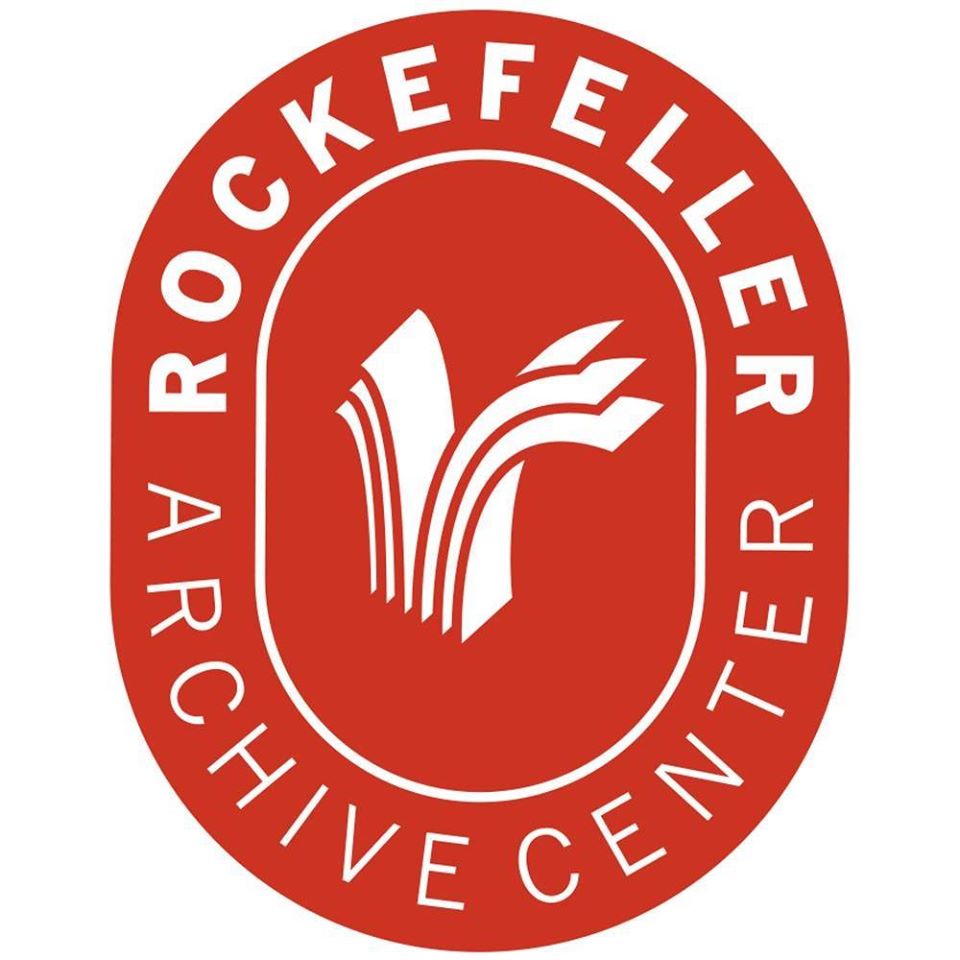Rockefeller Sanitary Commission for the Eradication of Hookworm Disease records, 1903-1915
Filter Online content
Collection context
Summary
- Creator:
- Rockefeller Sanitary Commission for the Eradication of Hookworm Disease
- Extent:
- 7.73 Cubic Feet 15 document boxes, 11 microfilm reels, 5 bound volumes.
- Language:
- English .
Background
- Scope and content:
-
The Rockefeller Sanitary Commission records date from 1909 to 1915. The subjects documented in these records include: dispensaries, health education, health inspection, health law and legislation, hookworm disease and treatment, philanthropy, public health planning, sanitary engineering, and state health systems.
Among the correspondents are: Baily Ashford, M. H. Boerner, E. V. Caldwell, D. P. Curry, William Dinsmore, John Ferrell, A. G. Fort, Allen Freeman, C. W. Garrison, Frederick T. Gates, Jerome D. Greene, C. A. Grote, W. P. Jacocks, W. S. Leathers, A. J. Lock, A. T. McCormick, L. G. Myers, Starr Murphy, Sidney Porter, Wickliffe Rose, Morgan Smith, C. W. Stiles, J. La Bruce Ward, B. E. Washburn, and Olin West.
The Rockefeller Sanitary Commission records are not complete. Important material on the organization, policies, and termination of the Commission may be found in the Rockefeller Family Archives, Record Group 2 - Office of the Messrs Rockefeller, Series O - Rockefeller Boards, located at the Rockefeller Archive Center.
- Biographical / historical:
-
The Rockefeller Sanitary Commission for the Eradication of Hookworm Disease was organized on October 26, 1909, as a result of a gift of $1,000,000.00 from John D. Rockefeller, Sr. Mr. Rockefeller hoped that a five-year campaign against the disease would lead to the "adoption of well-considered plans for a cooperative movement of the Medical Profession, Public Health Officials, Board of Trade, Churches, Schools, the Press, and other agencies . . . ." The gift was accepted on October 26, 1909, by William Welch, Simon Flexner, Charles W. Stiles, Edwin Alderman, David Houston, P. P. Claxton, J. Y. Joyner, Walter H. Page, H. B. Frissell, John D. Rockefeller, Jr., Frederick T. Gates, and Starr Murphy.
The bylaws use the wording of Mr. Rockefeller's letter of gift in their objectives towards the cure and prevention of hookworm disease. It was to be a joint effort between the states and the Sanitary Commission. The Commission was to furnish the initial impetus and to serve as an information agency for the states. It also paid the salaries of the field personnel. Offices were opened in Washington in January, 1910, and the business of organization began. The state was the basic unit of work and the state public health system was the main contact, though medical associations, public school systems, and the press were enlisted. Each state created a Director of Sanitation who was appointed jointly by the Sanitary Commission and the state public health authorities. The Director of Sanitation was a state official, responsible for directing and organizing the campaign in their own state. Sanitary inspectors were under the province of the State Director of Sanitation. These, together with the microscopists, were the field staff. They surveyed the state to determine areas and degrees of infection, enlisted the aid of local community members in securing appropriations to add to those of the Sanitary Commission, worked with local physicians, gave treatment to the infected, inspected schools, and gave lectures and demonstrations to instruct people on how to prevent reinfection and avoid soil pollution. This last effort of lectures and demonstrations included the press and the local education systems, as well as all the community groups that could be interested in the project. Particular attention was paid to the instruction of school children. Education was considered as large a part of the campaign as was treatment. In 1910, Virginia, North Carolina, Georgia, South Carolina, Tennessee, Arkansas, Mississippi, Alabama, and Louisiana all began hookworm campaigns. By 1914, Kentucky and Texas had established their programs, and preliminary surveys had been taken in several other states. Dispensary work, instruction in medical and public schools, and intensive community work all increased public awareness of hookworm as a disease, and the possibility of its cure and prevention. The campaign ended formally in 1914, though some of the programs carried over until June, 1915.
- Acquisition information:
- The Rockefeller Sanitary Commission records were received by the Rockefeller Foundation Archives in 1969.
- Arrangement:
-
The Rockefeller Sanitary Commission records are arranged in four series.
Series 1 - Administration
Series 2 - Field Offices
Series 3 - Minutes and Reports
Series 4 - Financial Records
Series 5 - Rockefeller Sanitary Commission Annual Reports
Access and use
- Restrictions:
-
The archival material has been reformatted. Access to the original paper records is restricted. Microfilm user copies are open for research.
- Terms of access:
-
The Rockefeller Foundation has title, copyright, and literary rights in the collection, in so far as it holds them. Rockefeller Archive Center has authority to grant permission to cite and publish archival material from the collection.
- Location of this collection:
- Contact:

